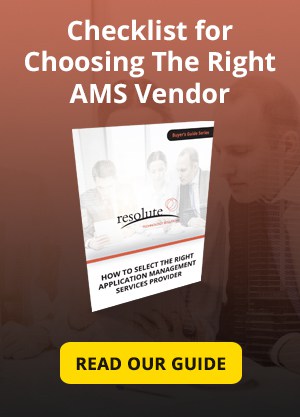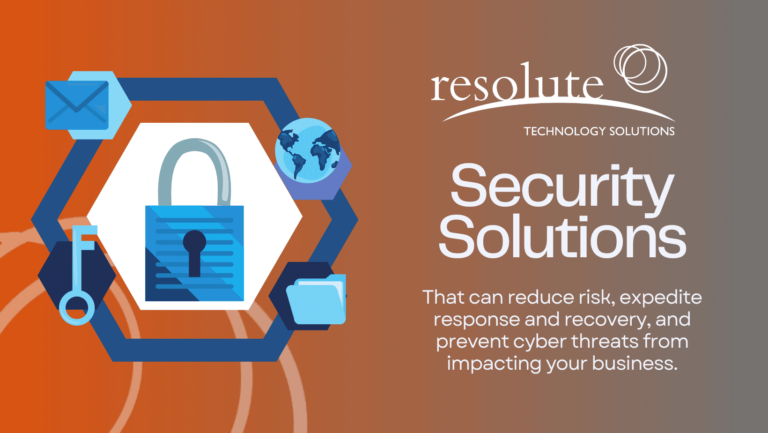Dealing with obsolescence is a difficult fact of life, especially when it comes to software applications. In fact, 90% of businesses feel their legacy systems are holding them back, a testament to the difficulty of replacing applications that have become obsolete and unsupported yet are still vital to their operations.
Yet with worldwide spending on enterprise application software expected to hit $201 billion in 2019, businesses clearly recognize the need to move beyond their legacy software.
Unfortunately, upgrading and modernizing brings a host of challenges. Many businesses make substantial financial investments over the years from which they aren’t ready to walk away. For others, there are infrastructure and customization issues preventing them from making the leap to newer web-based apps.
There will come a time, however, when modernizing and upgrading your legacy apps is no longer an option. As most vendors shift toward a cloud-based SaaS model, knowing when to make the leap can be tricky. Let’s examine four signs that it’s time to move on from your obsolete software.
When to Modernize and Transition from Legacy Apps to Web-Based Apps
Legacy Apps No Longer Meet Business Requirements
During its supported lifecycle, software is dynamic. It’s constantly being updated, with new features added, in order to remain competitive in the marketplace.
However, businesses are also always evolving. When your business needs are no longer being met by software, chances are it’s no longer of viable use. There’s a variety of reasons why this may be the case, with typical examples including:
- Needing scalability & flexibility that isn’t supported by the platform
- Access to real-time data vs. waiting for a batch cycle
- Problems integrating with modern systems, third parties & workflows
- Difficulties incorporating it into disaster recovery planning
- A lack of support for collaboration, BYOD & remote access
- Prohibitive system resource requirements
- Workflow inefficiencies
Even though you may have invested time and money to extensively customize the software to your requirements, this may no longer be a reasonable option as we’ll see below.
Maintenance and Modification Skills Become Scarce
With industries across the board dealing with a growing IT talent shortage, it’s difficult enough as it is to recruit and retain skilled technical personnel. When you add retiring or departing IT specialists into the mix – those with experience working with these legacy applications – it becomes clear that the necessary skills to maintain legacy applications is becoming scarce.
New IT professionals leaving school and entering the workforce typically arrive prepared for present and future technology conditions; fewer will have the necessary knowledge required to maintain, configure, and update obsolete software.
Retraining personnel to be able to effectively manage legacy applications is not only a costly exercise, it can impact overall efficiency. The time spent keeping legacy systems properly configured and integrated with newer systems is time that could otherwise be put more productive use.
Ultimately, when the upkeep and maintenance of out of date software puts a tremendous drain on your resources, it’s time to modernize.
Regulatory Compliance Is Too Expensive
Many industries are required to comply with strict regulatory laws and regulations. From HIPAA governing U.S. healthcare electronic patient records to PCI Compliance for vendors handling credit card transactions, companies routinely invest billions ensuring that their data security and operational measures are in line with legal requirements.
However, as TechTarget points out:
“When vendors no longer support servers, networking equipment and operating systems, customers are exposed to data security vulnerabilities, reduced server and storage performance and increasing costs to maintain ageing technology.”
With high penalties for non-compliance, as well as immense legal risks for mishandled data, businesses who handle sensitive information either have to modernize their legacy systems or spend considerable sums to shore up their security for older applications. There’s no middle ground.
At the end of the day, you’ll have to examine the cost of keeping your legacy systems compliant with regulations and compare it with the costs associated with modernization.
Underlying Technology Is No Longer Supported
When the technology stack underlying your application is no longer supported – whether its the programming language, operating system, database, or other examples – it can lead to challenges down the road that may cause significant problems for your business.
As we mentioned previously, the costs and skills to maintain and configure legacy apps can be prohibitive. But there are also potential dangers to consider:
Security
Older, out of date software may put you at unacceptable security risks. Data security threats such as malware and attacks have all evolved, yet the legacy software has not.
Incompatibility
New applications are developed with the latest environments in mind. This can lead to significant compatibility issues with legacy apps, which can have an impact on overall efficiency and effective operational capability.
Availability
Applications that have exceeded their operational lifespans are likely more prone to failure, a factor that needs to be considered when dealing with apps that are critical to your business.
Know When It’s Time to Modernize Your Legacy Apps
Modernizing your legacy applications at the right time makes good business sense. While some apps may still be cost-effective and support operations well, taking a proactive approach to legacy app modernization can help ensure your business is positioned for future growth.
Resolute Technology Solutions offers IT consulting and Managed IT services designed to help you reach your business goals. Learn how our IT Consulting Services can assist in an application roadmap for your legacy applications based on a Replace, Retrofit, or Retire plan. Our Software Development Services can create customized web applications to sit on top of your legacy application that will support your current and future needs, contact us.
[]









